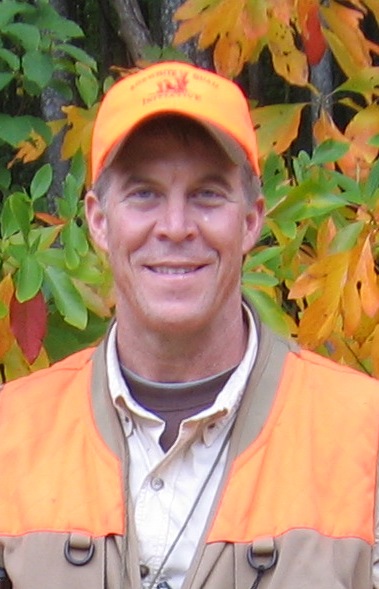
I have been advised many times to keep the NBCI complexity behind the curtain. Such advice typically follows a showing of my infamous “NBCI octopus graphic,” a clumsy attempt to schematically illustrate the byzantine organizational structure of the national NBCI community. I get it. Even though there are very important differences between the NBCI strategic plan, the NBCI staff, the National Bobwhite Technical Committee (NBTC), the NBCI Management Board, the NBCI’s national operational center at the University of Tennessee, etc., it is simpler to merely call it all “the NBCI.” However, simple is not always the appropriate, or most accurate, answer.
Bear with me for a quick peek behind the curtain.
The NBTC is the state-led, range-wide technical body that provides expertise and leadership for wild bobwhite restoration. The NBTC created the NBCI, the unified range-wide, science- and habitat-based restoration initiative for wild bobwhites. The NBCI reflects the scientific consensus of the NBTC that the root cause of widespread, long-term population declines is landscape-scale habitat loss and degradation. Yet, the interests, expertise and activities of the NBTC are broader than its habitat-based initiative. That is why the NBTC has not already been renamed the “NBCI Technical Committee” – the NBCI is an initiative of the NBTC, not the other way around.
The NBCI website (www.bringbackbobwhites.org), or BBB as we call it, combines the NBTC and NBCI web presence. It deliberately has been hiding the complexity while targeting our messages and information predominantly to our top priority – NBCI-related habitat restoration and management efforts – to focus attention and resources on the consensus highest priority conservation needs.
That exclusive focus, however, is inconsistent with the broader reality of the NBTC’s expertise and activities, and with the NBTC Steering Committee’s desire that its website become “bobwhite central.” Just as oversimplification of complex national political issues does not foster better public understanding or improved federal policies, oversimplifying “the NBCI” and its website incurs tradeoffs. BBB cannot be the one-stop website for all legitimate information on wild bobwhite biology, ecology and management if it only provides information on NBCI-related habitat implementation activities.
The entire NBCI community supports and welcomes all legitimate scientific research on the biology, ecology and management of wild bobwhites, in the quest for knowledge and improved conservation abilities. And because the NBCI is a science-based initiative (by definition, it follows the state of the science), research on topics that may not be a consensus conservation priority today still adds value today, and could even become established and influential as a priority later.
This all is a long way of explaining why substantive changes are coming to the NBCI website. We are in the process of broadening the scope of the information we post and archive about legitimate research on, and management of, wild bobwhites to be much more inclusive. Some of this change will become evident immediately; other structural changes to the website will occur in coming weeks or months. In the end, BBB will become a more-comprehensive, one-stop source for information about wild bobwhites.


